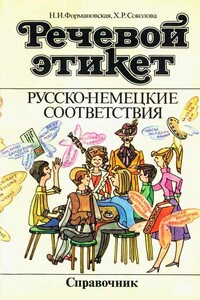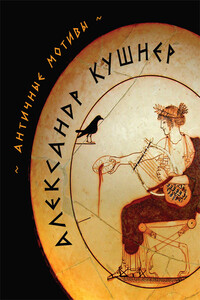13 4
Read the sentences and define in each of them the meaning of the word “number”.
1. We back numbers are awfully anxious to find out why we cannot appreciate the new staff. 2. He had not been able to place her, get her number, that was evident. 3. Take myself — I choose that example be^ cause>1 after all number one is what I know most about. 4. The result is expressed mathematically in broken number. 5. This song is one of the hottest numbers nowadays. 6. I must say its hours are numbered. You must replace it as soon as possible.
14 7
Read the text and explain the different functions of “-ed” forms. Retell the text in Russian.
15 30 Home exercise. See ex. 15, Unit 1.
16 6
Translate the sentences at sight. Mind Participles.
1. Some of the above mentioned effects are discussed in the following chapter. 2. The new instrument being developed in this plant will be tested in two weeks. 3. Materials conducting electricity are termed conductors. 4. The phenomenon observed during the test was investigated experimentally. 5. Lacking two bolts we could not assemble the machine.
6. Having been adjusted by the operator the motor continued to work.
7. In magnetic materials, such as iron' and steel, the molecules themselves are tiny magnets, each of them having a north pole. 8. The flow of current being reduced, the speed of the motor is correspondingly decreased.
17 6
In what sentences are “-ing” forms of Participle I?
1. Such mutual repulsions increase with increasing size of the atoms concerned. 2. Going to the port I met the surveyor. 3. This is a good recording. 4. Finding a short circuit is sometimes difficult. 5. Expensive tests were conducted with varying air-flows and loads, with checks being made on current balance, temperature rise and general performance. 6. There problems can be overcome by improving the design. 7. The cur-
rent decreasing, an emf is induced in the direction-which coincides with that of the current, thus opposing the decrease of current. 8. On studying the Leyden jar Franklin began thinking that lighting was a strong-spark of electricity.
18 5
What is the function of Participle II in the following sentences?
1. Just how increased inductive power affects the electron bonds is not clear at present, however. 2. Being received the case was opened.
3. Equation 22 is simply a rearrangement of Eq. 20, with summation substituted for integration. 4. The aspirator, with its upper chamber full of water, is connected to the train.
19 8
Give the exact translation.
Automation
To the layman, largely guided by the popular press, “automation” appears as a startling modern invention which will lead to the wholesale establishment of automatic factories and the building of automatic ships. To the engineer automation is merely a contemporary phase in the process of technical evolution that has gone on continuously since the first crude machine. The engineer’s aim has always been to make the best use of machines, materials and money. The answer, of course, does not lie in the mass installation of “black boxes”, electronic or otherwise. It lies in the ingenuity and breadth of vision of the people involved in designing the control system.
The primary aims of control are to reduce the inefficiencies inevitably associated with human machine minding. A complete elimination of human judgement is quite impracticable. However highly developed an automatic system may become the skill and experience of the trained operator will still be essential.
20 20
Home exercise. Choose a suitable title for the story and give reasons for your choice. Be prepared to dwell on the subject expanding the examples from the story.
Now I feel I must tell you how Thomas Alva Edison (1847—1931) made one of his greatest discoveries. It happened like this.
One summer evening in 1879 a glow worm sat on a pear which Mr, Edison was about to eat. This incident set him thinking for a time. T|hen he exclaimed joyfully: “Of course! Now I know!”, and . . . the electric bulb was invented.. .



